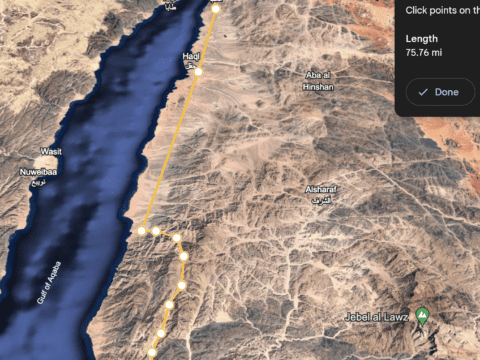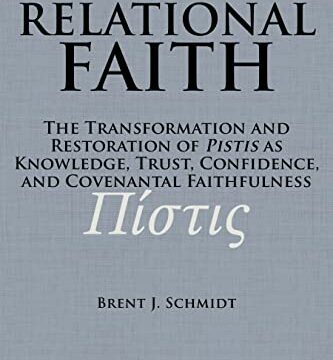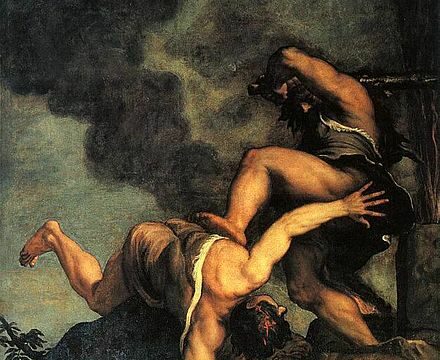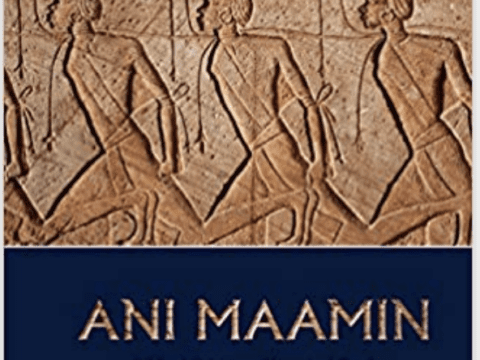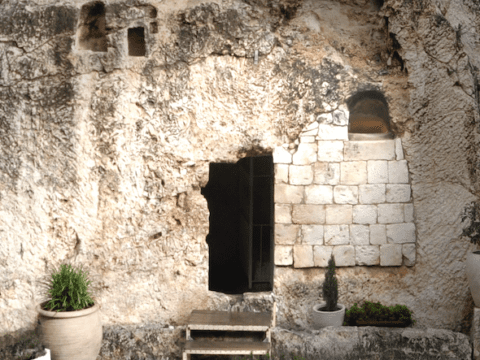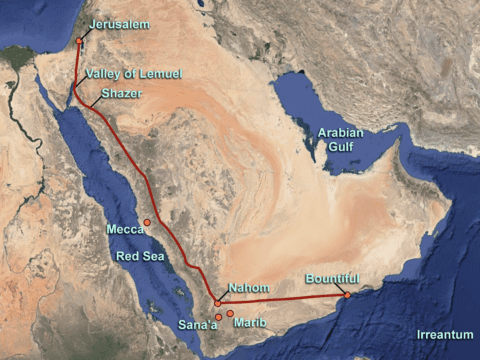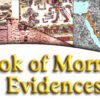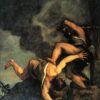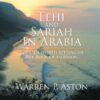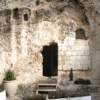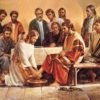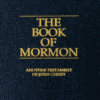Category: Ancient Near East
Further Thoughts on Nephi’s Three-Day Journey: Going the Distance with Google Earth
My recent post on Nephi’s three-day journey, the leg of Lehi’s Trail that reaches the River Laman in the Valley of Lemuel, discussed the significance of Exodus themes in Nephi’s…
“Whole Worlds Are Full of His Glory”: Thoughts on a Passage from the Words of Gad the Seer
In a post on “The Words of Gad the Seer” and in a related book review for Interpreter: A Journal of Latter-day Saint Faith and Scholarship, I’ve shared the dramatic…
Cherishing the Book of Mormon’s Teachings on the Fairness of God
One of the most spiritually and intellectually satisfying elements of the Restored Gospel of Jesus Christ the is fairness of God. Contrary to centuries of tragically misguided theology about the…
Relational Faith: An Essential Book for Understanding “Faith” as Used in New Testament Times and for Appreciating the Restoration
There’s a new book, Brent Schmidt’s Relational Faith, that may be one of the best resources around to help Latter-day Saints and perhaps many other Christians understand and explain what…
Kevin Christensen’s Twenty-year Retrospective on Margaret Barker’s Influence on the Church
Twenty years ago Kevin Christensen introduced Latter-day Saints to the revolutionary work of a unique biblical scholar in the United Kingdom, Margaret Barker. Her message resonated with numerous Latter-day Saint…
A Slow Learner, But a Fast Liar: Meet ChatGPT, the Smart Research Tool Willing to Make Up Quotations
After being disappointed with the blatant political biases of ChatGPT, as discussed in my previous post about my efforts to examine issues related to abortion and race, I remained hopeful…
An Overlooked Example of the Book of Mormon’s Surprising Use of Book of Moses Material
While Noel Reynolds and I felt like we had pretty well mined all the relevant connections between the Book of Moses and the Book of Mormon when we published our list of nearly 100 connections, there’s an important one that we missed. Missing the connection may have been easy to do since the related Book of Mormon verse uses different wording that succinctly summarizes a longer Book of Moses passage, and at first glance appears to just be referring to a familiar story from Genesis. This connection involves Satan’s influencing Cain to slay Abel in Helaman 6:27 and Moses 5:25.
Joshua Berman’s Ani Maamin: An Orthodox Jewish Scholar Provides Help in Keeping the Faith in the Face of Secular Bible Scholarship
During a recent trip to Atlanta, my wife and I connected two of our Latter-day Saint friends with dear Jewish friends there. Among the many topics of the evening, we…
A Tough Question: What’s the Single Most Impressive Evidence for the Book of Mormon?
A critic recently asked me a tough question: what’s the single most impressive piece of evidence for the Book of Mormon? I think he wasn’t looking for evidence that might change open his mind, but perhaps was looking to simplify his goal of attacking the Book of Mormon. But for those who really want to understand more, what evidence is most important and impressive? Here I offer a few thoughts and several possibilities for the “one best” issue to consider.
Nahom/NHM: Only a Tribe, Not a Place?
Executive summary: Discoveries from the Arabian Peninsula supporting the existence of a place called Nahom (see 1 Nephi 16:34) face recent criticism for only showing that the NHM tribal name…

